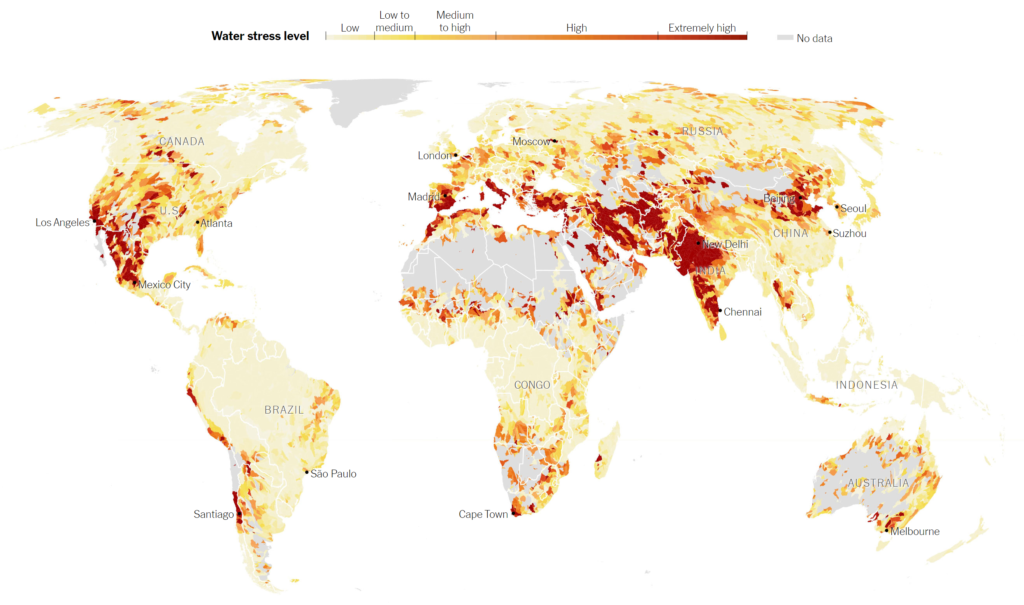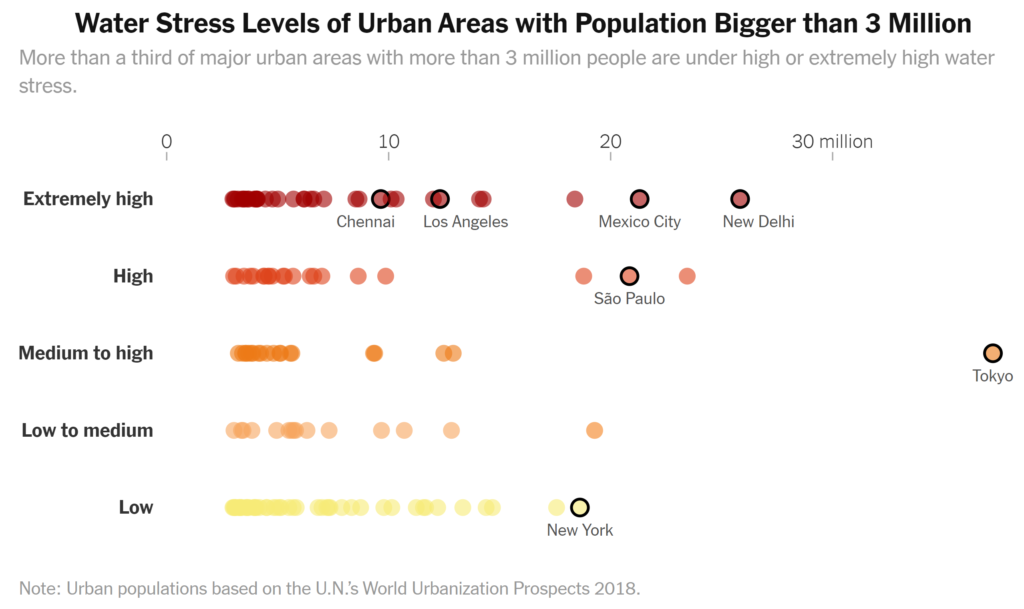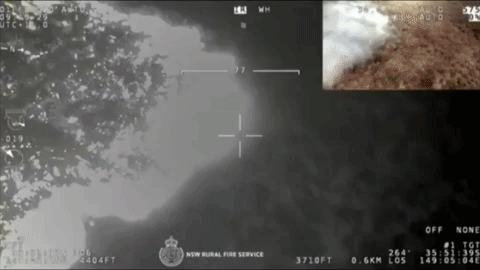A quarter of humanity faces looming water crises – “The picture is alarming in many places around the world”

By Somini Sengupta and Weiyi Cai
6 August 2019
BENGALURU, India (The New York Times) – Countries that are home to one-fourth of Earth’s population face an increasingly urgent risk: The prospect of running out of water.
From India to Iran to Botswana, 17 countries around the world are currently under extremely high water stress, meaning they are using almost all the water they have, according to new World Resources Institute data published Tuesday.
Many are arid countries to begin with; some are squandering what water they have. Several are relying too heavily on groundwater, which instead they should be replenishing and saving for times of drought.
In those countries are several big, thirsty cities that have faced acute shortages recently, including São Paulo, Brazil; Chennai, India; and Cape Town, which in 2018 narrowly beat what it called Day Zero — the day when all its dams would be dry.

“We’re likely to see more of these Day Zeros in the future,” said Betsy Otto, who directs the global water program at the World Resources Institute. “The picture is alarming in many places around the world.”
Climate change heightens the risk. As rainfall becomes more erratic, the water supply becomes less reliable. At the same time, as the days grow hotter, more water evaporates from reservoirs just as demand for water increases.
Water-stressed places are sometimes cursed by two extremes. São Paulo was ravaged by floods a year after its taps nearly ran dry. Chennai suffered fatal floods four years ago, and now its reservoirs are almost empty.

Groundwater is going fast
Mexico’s capital, Mexico City, is drawing groundwater so fast that the city is literally sinking. Dhaka, Bangladesh, relies so heavily on its groundwater for both its residents and its water-guzzling garment factories that it now draws water from aquifers hundreds of feet deep. Chennai’s thirsty residents, accustomed to relying on groundwater for years, are now finding there’s none left. Across India and Pakistan, farmers are draining aquifers to grow water-intensive crops like cotton and rice. [more]


https://www.investing.com/news/politics/us-climate-scientist-removed-from-job-to-file-whistleblower-complaint-1955568